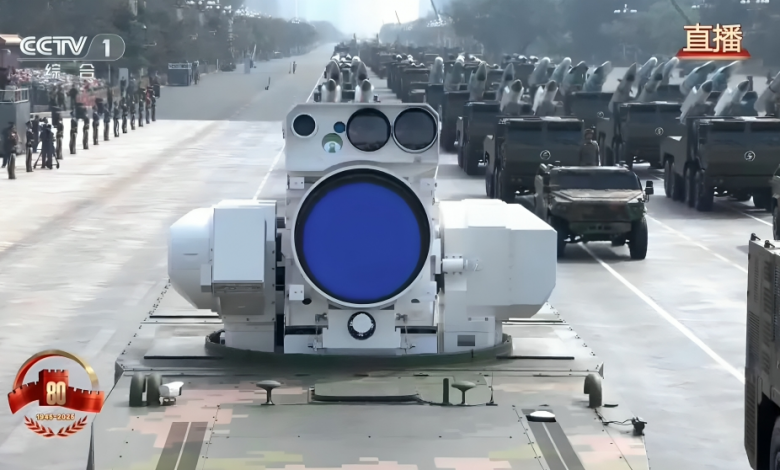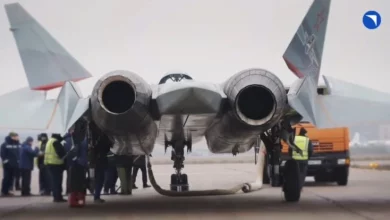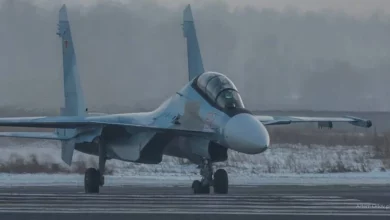China Unveils ‘Most Powerful’ Laser Weapon Yet, Signals Naval Role

China has revealed its new LY-1 high-power laser weapon during its biggest military victory day parade yet in Beijing, marking the system’s first official appearance.
Although mounted on an eight-wheeled HZ141 vehicle, the laser is reportedly intended for shipboard self-defense. The size of the land-based version shown in the parade indicates room for larger power units, hinting at potential for higher output levels.
Its turret carries a single large beam aperture supported by smaller electro-optical and infrared sensors for targeting, while a box-like module may house radar and passive radio frequency sensors.
Unlike traditional interceptors, the LY-1 draws solely on onboard power, enabling low-cost engagements and near-unlimited firing capacity.
It is designed to disrupt or destroy the optical sensors of enemy platforms, threatening the guidance systems of drones and precision missiles.
“The LY-1 has sufficient space for power units, meaning that it could have higher power, enabling it to be capable of intercepting not only attacks from unmanned equipment, but also anti-ship missiles, with very low cost for each interception,” China’s Global Times said.
“Shipborne laser weapons can effectively damage the optical sensors of enemy weapons and equipment.”
A Tech Breakthrough?
The unveiling of China’s LY-1 naval laser may signal progress in solving a longstanding challenge for high-energy laser systems: overheating.
In 2023, Chinese researchers reported a major breakthrough in laser cooling tech, enabling continuous operation without thermal shutdowns.
While the LY-1 hasn’t been explicitly linked to this breakthrough, its debut suggests these innovations may now be integrated.
The laser’s design indicates a focus on sustained, high-power output. Improved cooling would allow the system to maintain consistent laser performance during extended engagements, a critical factor for naval self-defense against drones and incoming missiles.
Emerging Tech on Display
The parade, commemorating the 80th anniversary of China’s victory over Japan in World War II, also showcased a range of next-gen systems: drones, missiles, and advanced platforms.
Alongside LY-1, ground formations showcased AI-powered uncrewed vehicles capable of reconnaissance, assault, and explosive disposal.
Some uncrewed tanks operated in formation with robotic wolves, while light combat vehicles launched drones for coordinated air-ground missions.
Maritime and air units also added unmanned surface and underwater systems, reconnaissance and strike drones, and stealth-capable aircraft.
The parade also presented cyber, electronic warfare, and information support systems, highlighting the People’s Liberation Army’s focus on spectrum dominance and data-driven combat operations.





